Magic in Japan: Day Trip to Miyajima
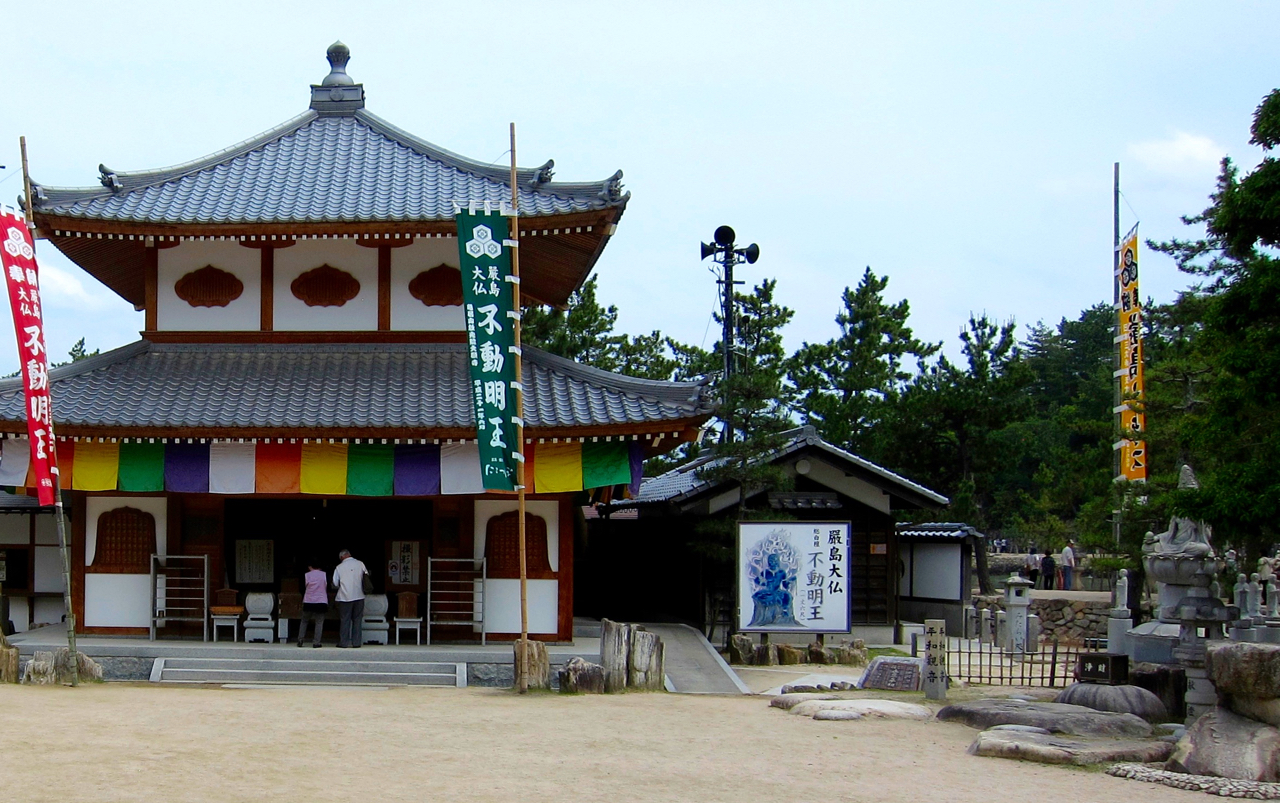
Trip Index:
Introduction
Getting There – JAL First Class
Hotel Review: Ritz-Carlton Tokyo
Guide to Tsukiji Fish Market
Room Service Review: Ritz-Carlton Tokyo
Day in Tokyo
Taking the Shinkansen “Bullet†Train
Hotel Review: Ritz-Carlton Kyoto
Tea at the Ritz-Carlton Kyoto
Day 1 in Kyoto
Day 2 in Kyoto
Room Service Review: Ritz-Carlton Kyoto
Park Hyatt Tokyo: Revisited
Getting to Hiroshima
Hotel Review: Sheraton Hiroshima
Day trip to Miyajima
Day in Hiroshima
St. Regis Osaka
Day in Osaka
After breakfast in the hotel Club Lounge, we walked down to the Hiroshima JR station. We passed vendors selling fresh produce and goods, and in less than 5 minutes we were there.
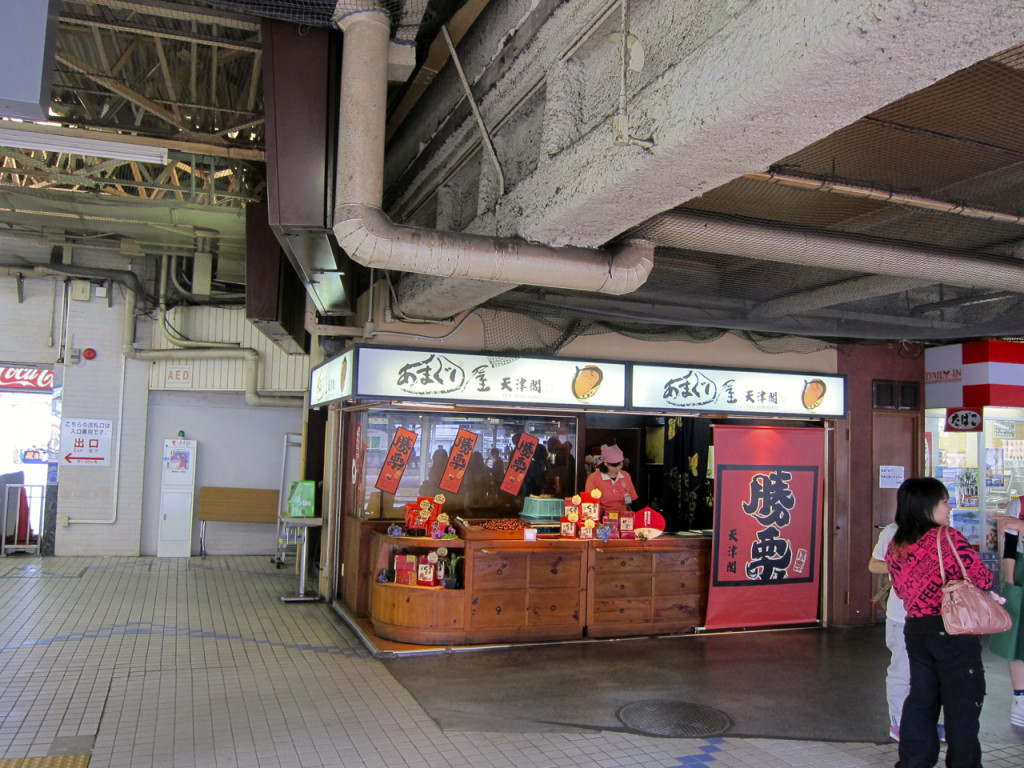
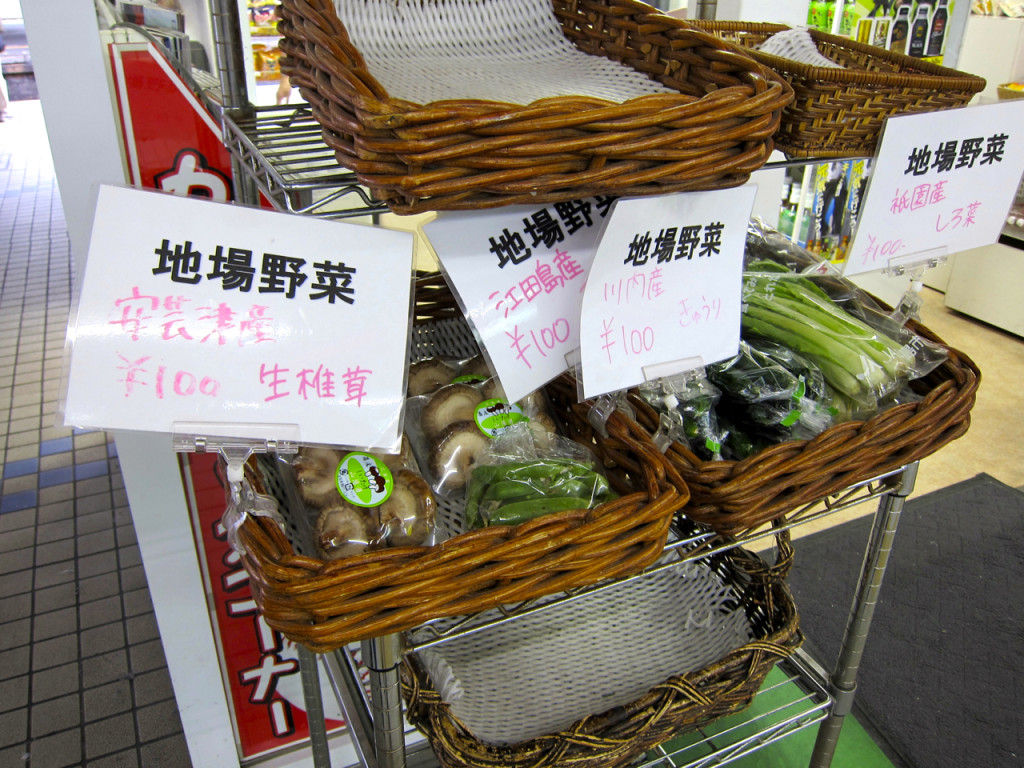
To get to the ferry port we took the Sanyo Line to Miyajimaguchi Station which was inexpensive at just 410 JPY (3 USD). The ride was about half an hour and when we arrived at Miyajimaguchi Station it was just a quick walk to the ferry pier.
There are two ferry companies, JR and Matsudai. It doesn’t matter which one you’re on since they both cost the same at 180 JPY (1.50 USD). We didn’t have the Japan Rail Pass but those who do can use it on the JR ferries. Ferries left often so I didn’t have to worry about getting there by a specific time. I took my time taking in the sights of the ferry port, and there was even a gangly bird that took an interest in us as we walked by. We paid, walked on the ferry and enjoyed the gorgeous scenery on the Seto Inland Sea.
The ferry ride took just 10 minutes, and we were soon deposited in the ferry terminal on the shores of Itsukushima Island, home of the famous “floating” Itsukushima Shrine. Watching the island draw closer it reminded me a little bit of Catalina Island off the coast of California but even though the island is pretty large the area that people frequent is concentrated to a smaller section. The island is seen as sacred so the trees cannot be cut down. The population is only around 2,000 and everyone that lives there works hard to protect the forests and take care of the island. There are no cities, just simple villages and small shops. Unlike Catalina, there are no traffic signals on the entire island of Itsukushima and the land is considered rural.
We exited the terminal and followed the pathway to the right (I don’t think there is anything to the left), heading towards the shrine. I loved all the fresh air and sunshine, and I could immediately tell that I was going to love the island.
Traipsing down the path I came to a halt as one nimble deer followed by another leapt across my path and folded themselves up delicately to take a nap in the sunshine. I quietly snuck out my camera and was busy snapping away before I saw another deer out of the corner of my eye…and another. As it turns out, there are deer all over the island and aren’t afraid in the least of all the tourists. In Shinto religion deer are considered sacred messengers of the gods so they live a pretty good life on the island.
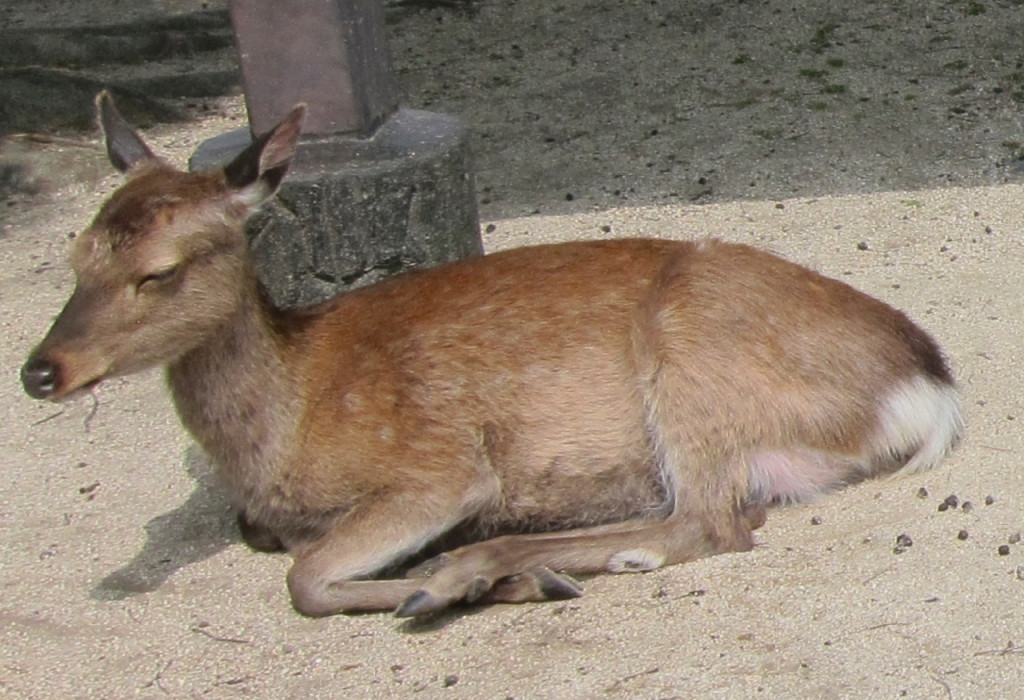
I continued on down a shopping street, and laughed when I saw all the deer. One even appeared to be doing some window shopping. There were a bunch of them crowded around a tourist and I wondered if maybe they were dropping some food. Others lazily strolled along the fence near the water and didn’t even flick an ear as some children ran by.
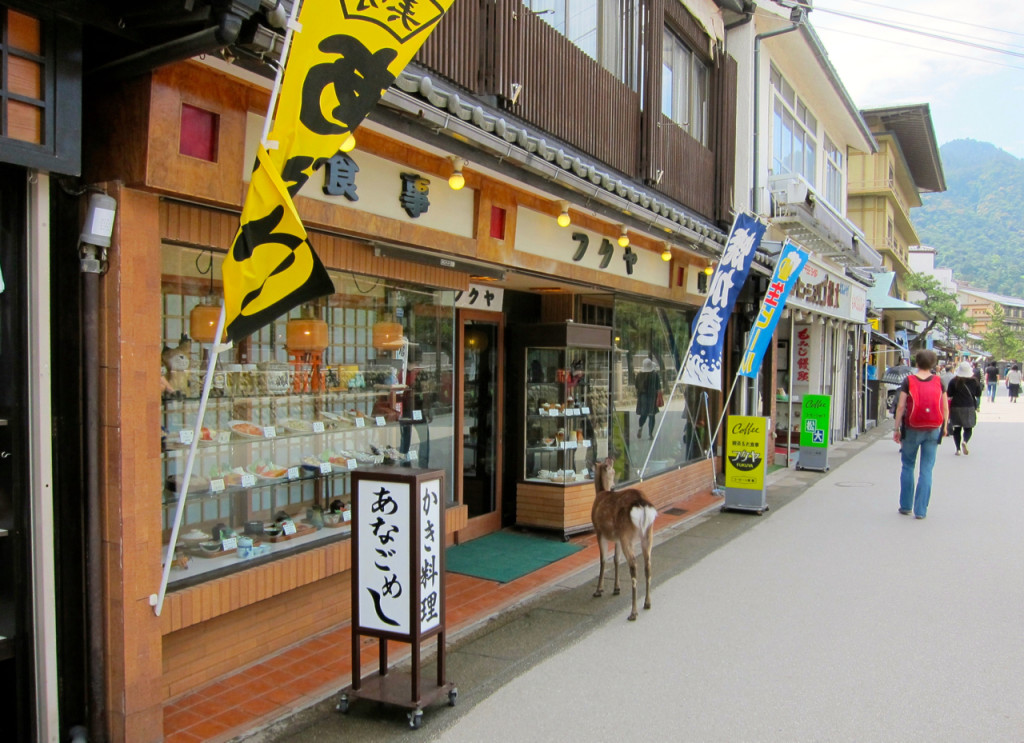

I passed under the huge torii gate at the entrance to Itsukushima Shrine complex, and then there was a perfect place for photos to be taken of the floating Torii.
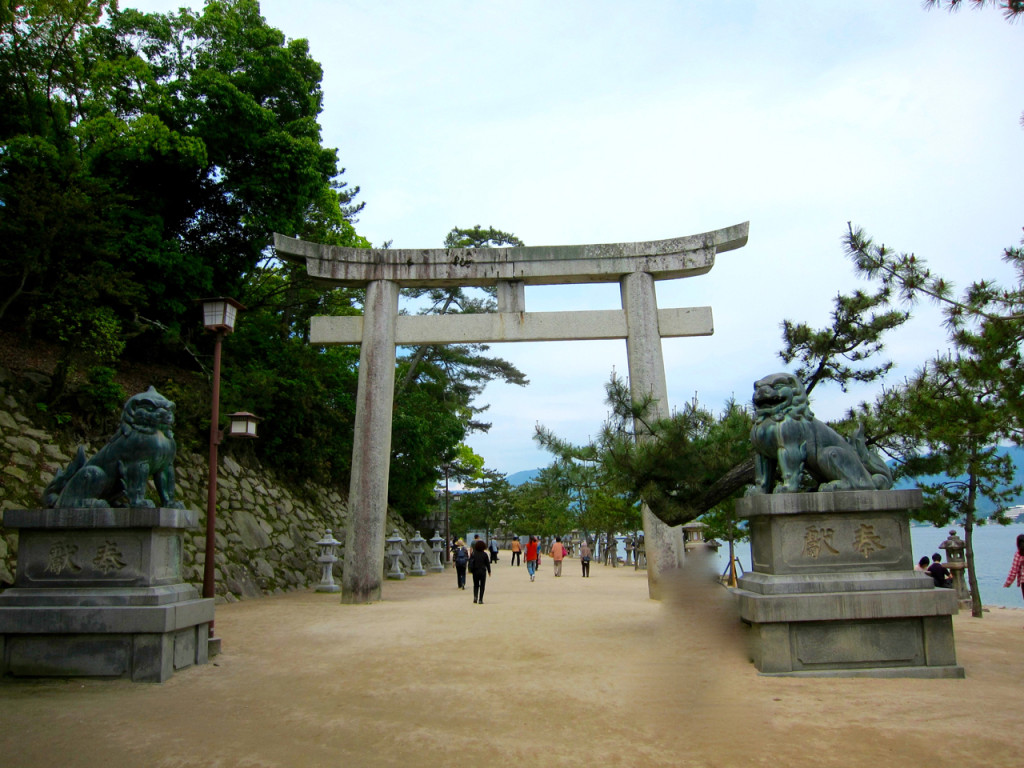
It was high tide so the great Torii looked like it was suspended or floating above the bay, but I’ve heard that if you go during low tide you can actually walk right up to it. The effect when looking at it when the water surrounded it was very cool so I’m not sure if I would have enjoyed walking up to it quite as much. Some people actually time their visit to coincide with the level of water though, and photographers are said to especially love a sunset setting. The Great Torii stands on 6 pillars, and the main pillar is Camphor tree rumored to be older than 500 years. The red color supposedly keeps evil spirits away, and the lacquer also keeps corrosion at bay. Painted on the east and west of the top plate of the Torii is a sun and moon. The northeast is supposedly the direction of the demon’s gate in Feng Shui but the sun blocks the evil gate.
All of my photos of the great Torii have me covering it up, so here’s a lovely one from Wikipedia instead.
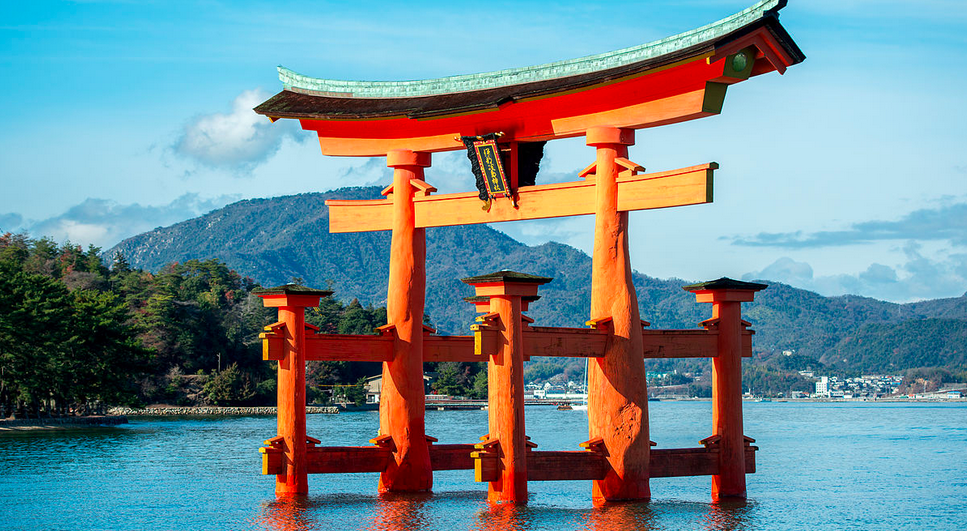
I walked slowly along the boardwalk through the Itsukushima Shrine complex, which is a UNESCO World Heritage Site. There was a nominal entrance fee of 300 JPY (2.50 USD) or 500 JPY (4 USD) including Treasury Hall entrance. The island is formally named Itsukushima, meaning “shrine island” and many come to the island to pray or walk through the lush forests. There was no hurry when going through the complex, and we saw several different rooms in the complex including a prayer room, and we came across some ladies in Kimonos. Some children from a nearby school were visited on a field trip, and chattered excitedly amongst themselves.
Outside of the Shrine complex, there were several paths to take. The longer route went by an aquarium and then all the way up to the highest point on the island via hiking trails, Mount Misen Summit. We skipped that one and decided instead to follow a shorter path that gave us more time to linger. We came across the famed 5-storied pagoda, otherwise known as Goju-No-To Pagoda as well as Daiganji Temple.
Sadly, my camera ran out of battery shortly after these pictures but it may have been a blessing in disguise as I was able to enjoy seeing everything without the aid (or hindrance) or looking at it through a lens.
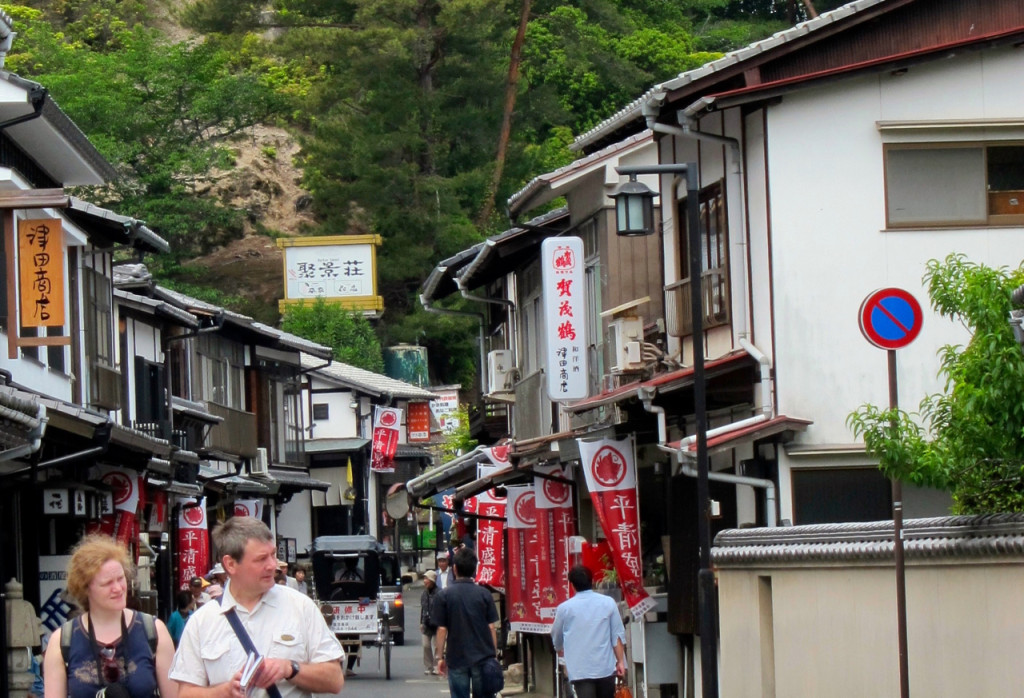
The island had quaint little streets lined with shops, and the town of Miyajima’s beautiful maple trees are well-known throughout Japan. I bought a tiny maple-leaf shaped Momiji-manju warm pastry that tasted like it had red bean curd inside but I wasn’t sure. It looked good and tasted great. I saw signs for other ones filled with custard, and there were gift boxes but I think the fresh one was best. There’s even a shop where you can watch them made. After walking around a while I enjoyed a second pastry and noticed a deer next to me eyeing my treat. I honestly think that if I had held out my hand and turned my head he would have taken it in a flash!
There were so many little fun souvenir shops, and one of my purchases was a shamoji otherwise known as a rice scoop. Rumor has it that a monk who lived on Miyajima invented that particular type of wooden rice scoop that is so popular because it doesn’t marr the taste of food. To pay homage, the world’s largest spatula (looked like a rice scoop to me) is on display right down the main shopping street. One treat I didn’t try was the deer droppings. Not real ones, but chunks of chocolate. They seemed high priced and I think they were more of a kid’s novelty purchase than prized chocolate to take back home.
I loved this little island and ran out of time to do everything. If you visit, make sure to allow enough time to see everything. I thought one day would be enough but I was wrong. Here’s what I missed this time that I want to do next time – ride the ropeway up to the top to get views of the whole island, see the monkeys at Mount Misen Summit, stop at the aquarium, paddle through the Torii gate, hike along some of the trails and maybe see some of the Botanical Garden. Next time I go I think I’d stay overnight at one of the traditional Ryokans on the island.
Have you been to Miyajima?
Next up – Day in Hiroshima


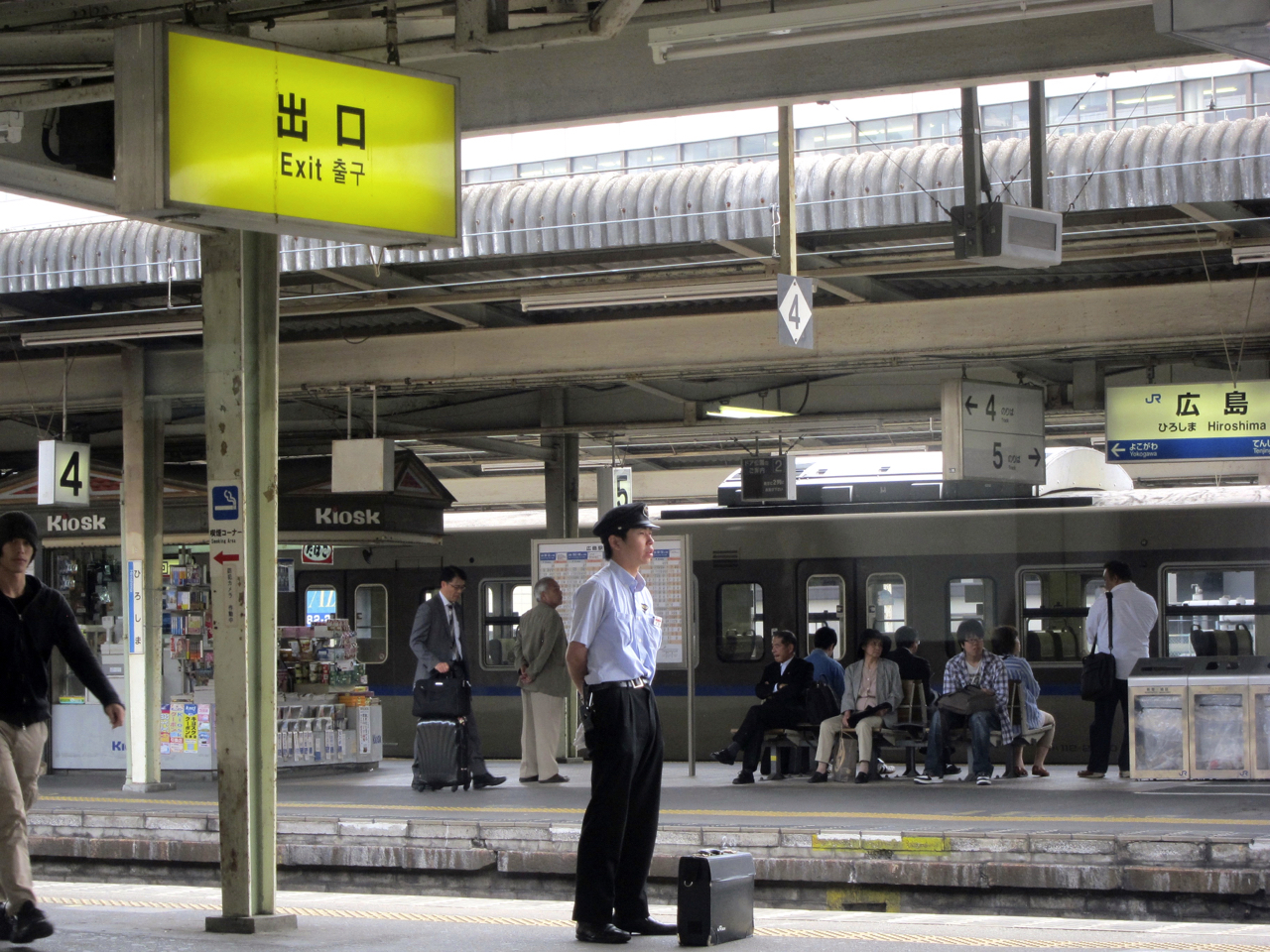

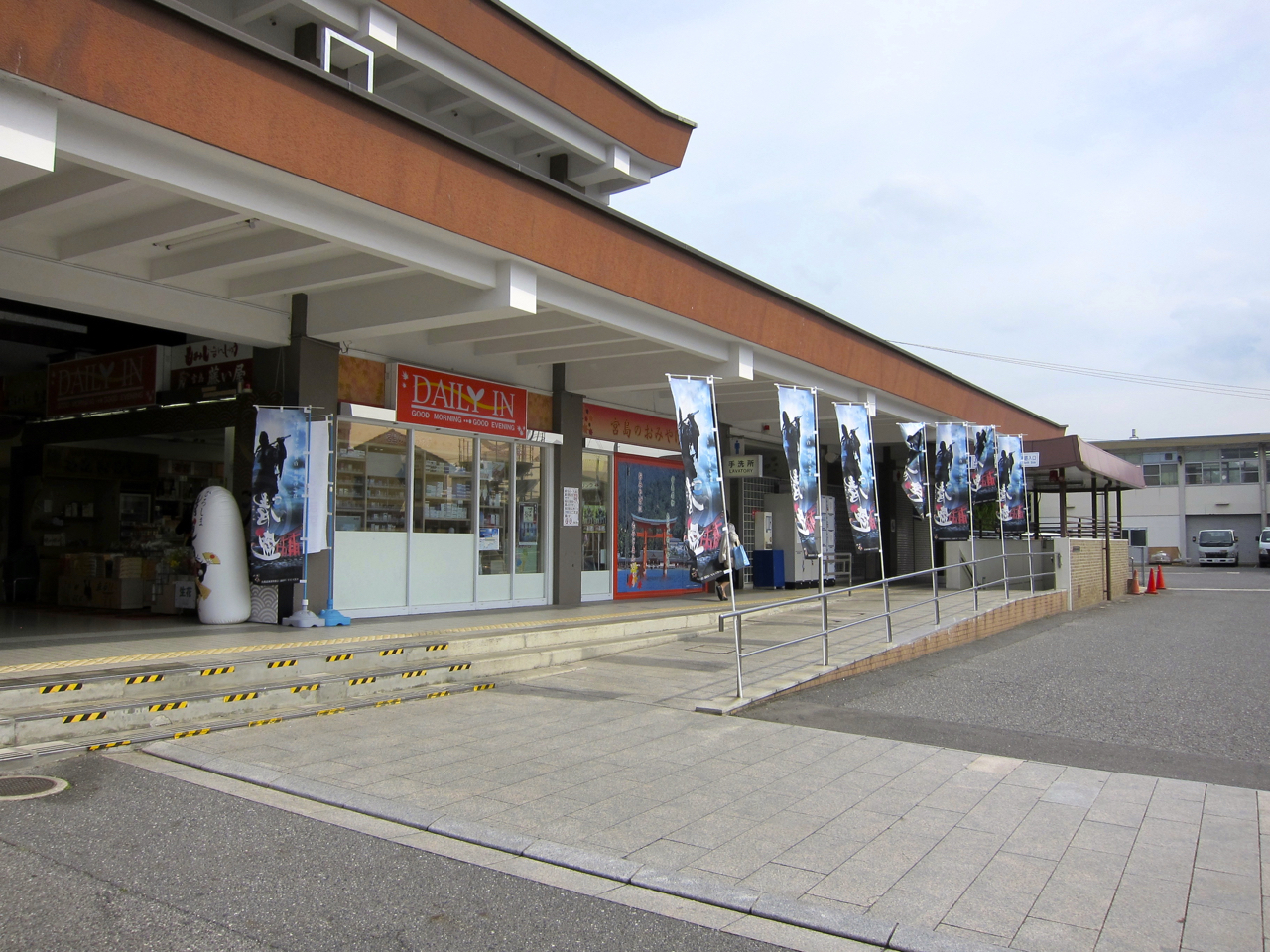

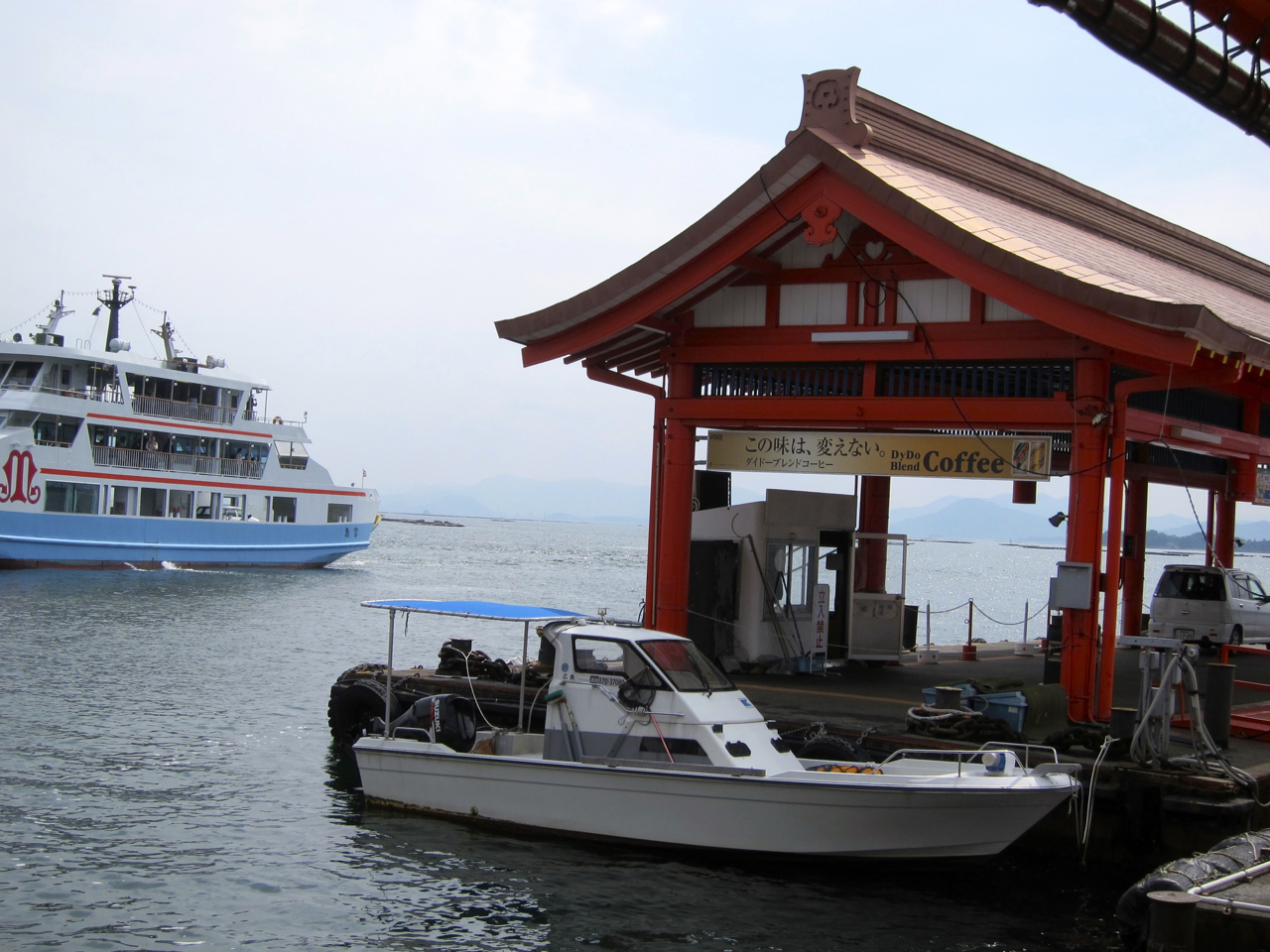

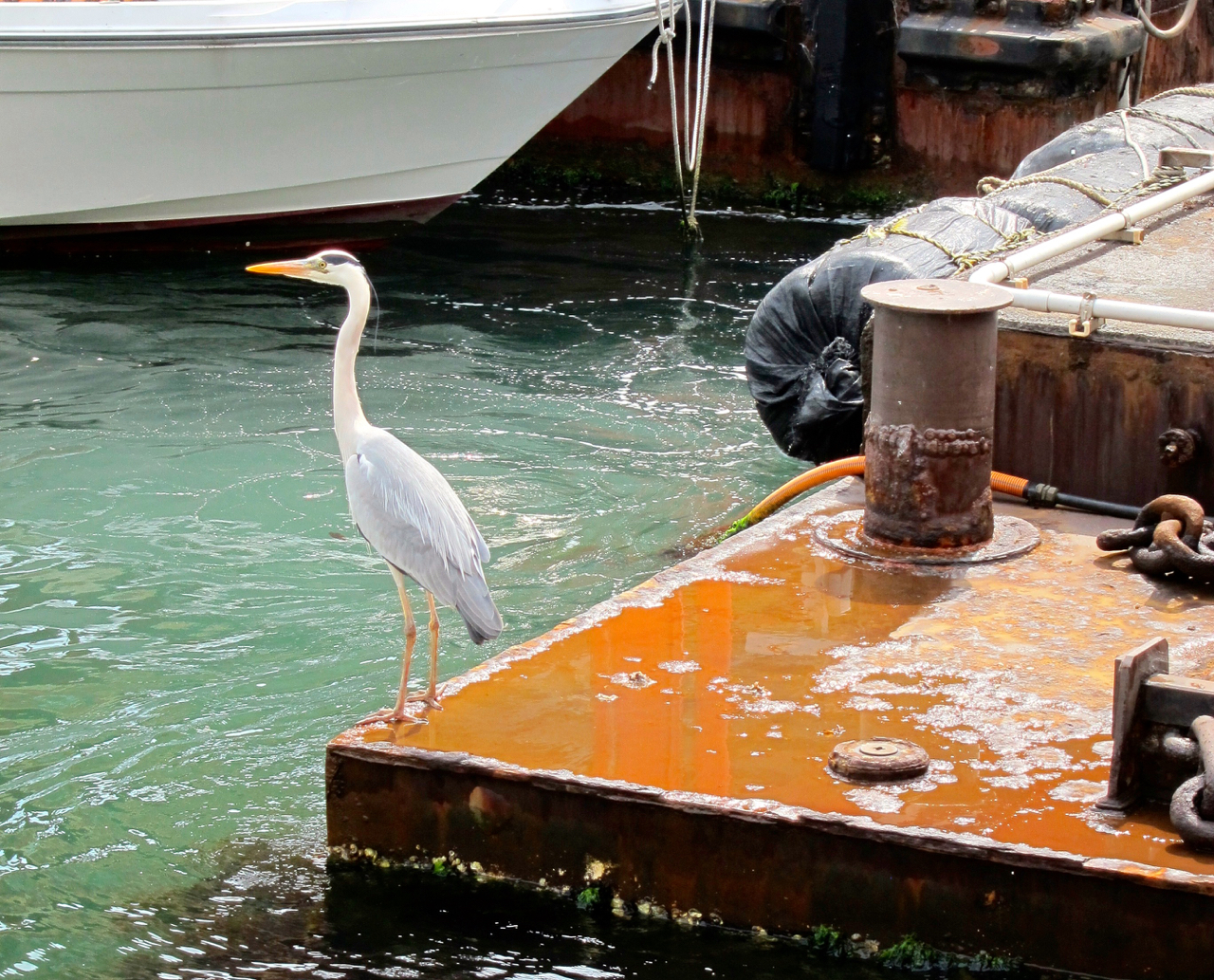




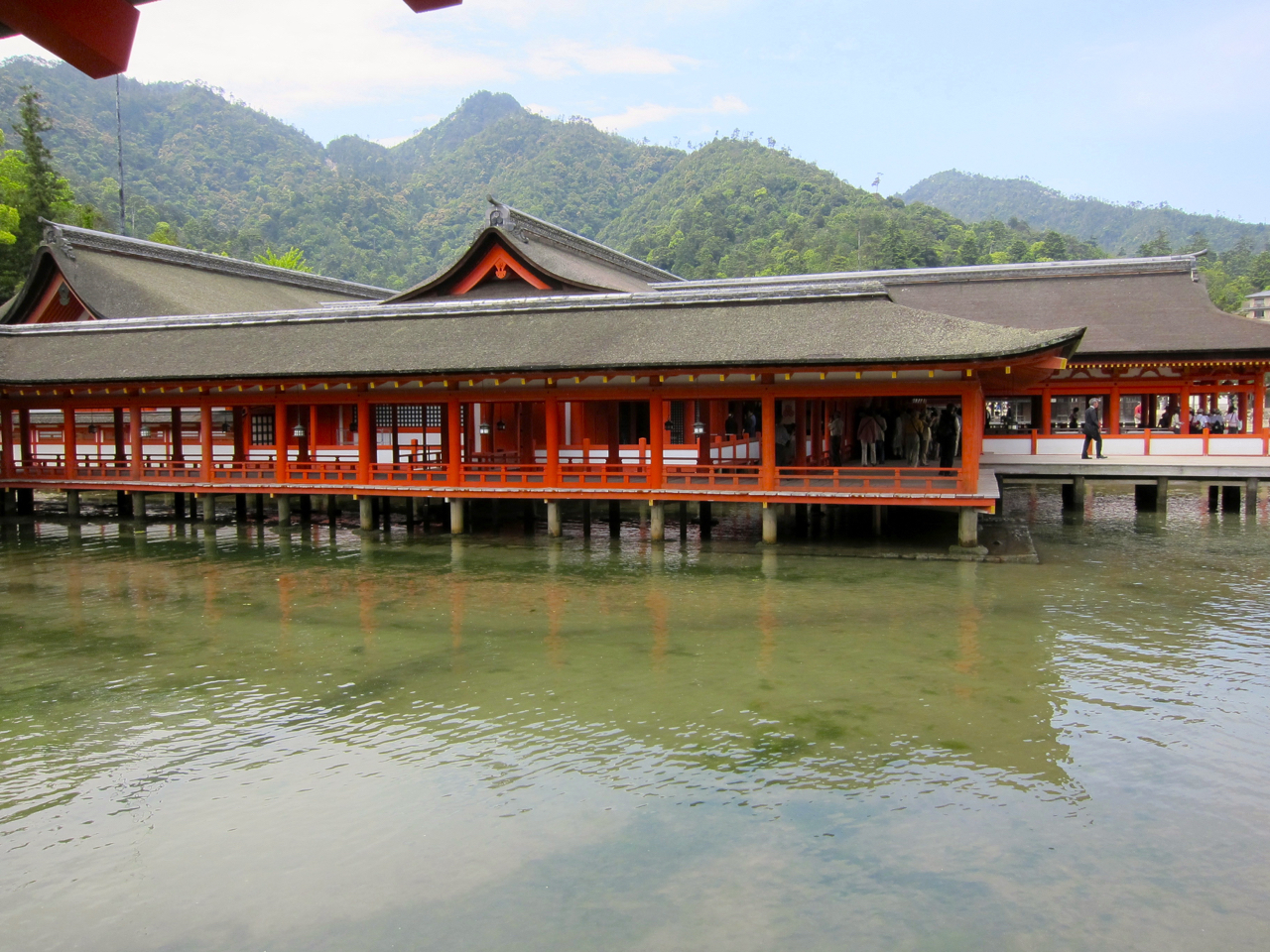


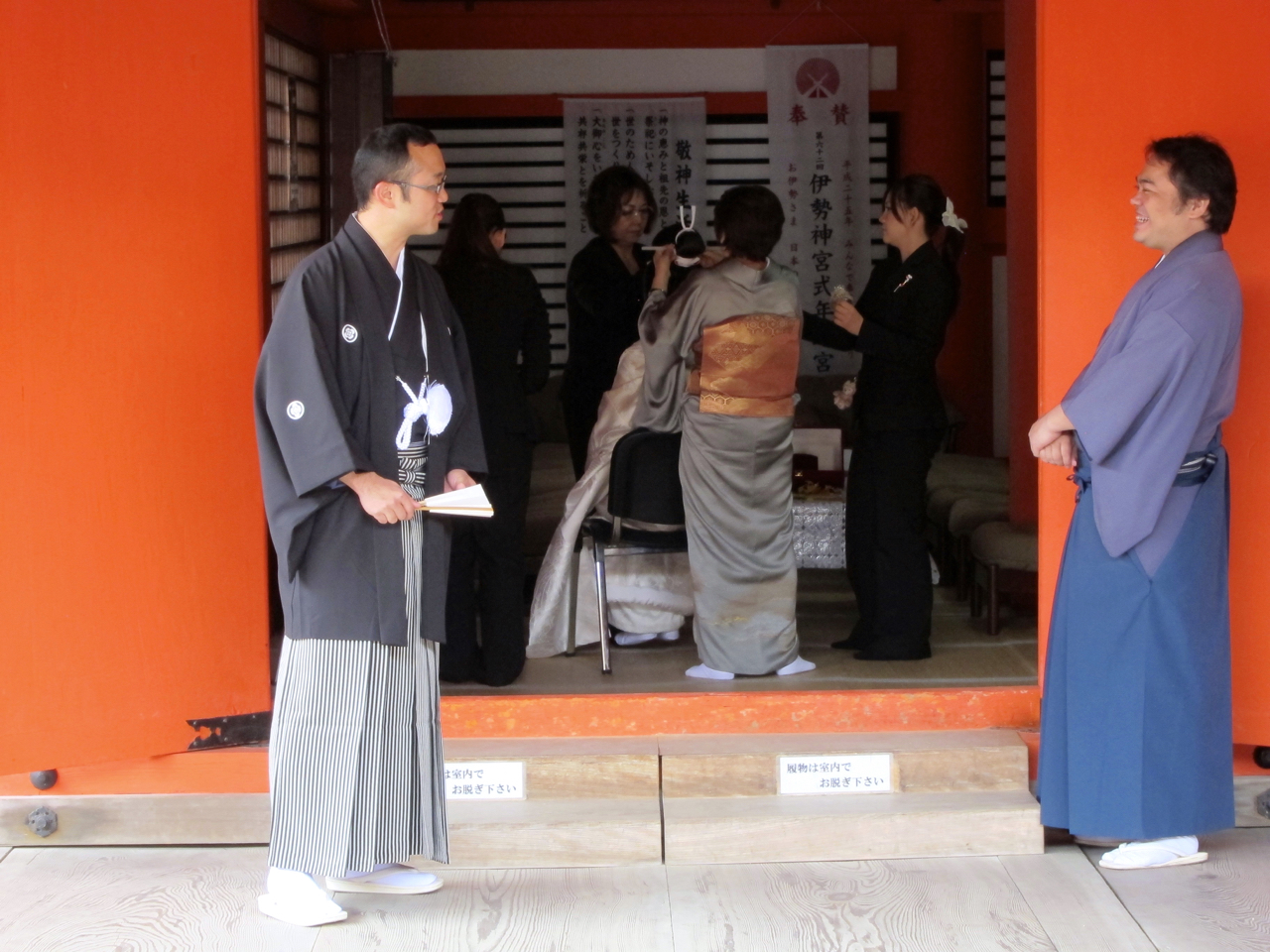

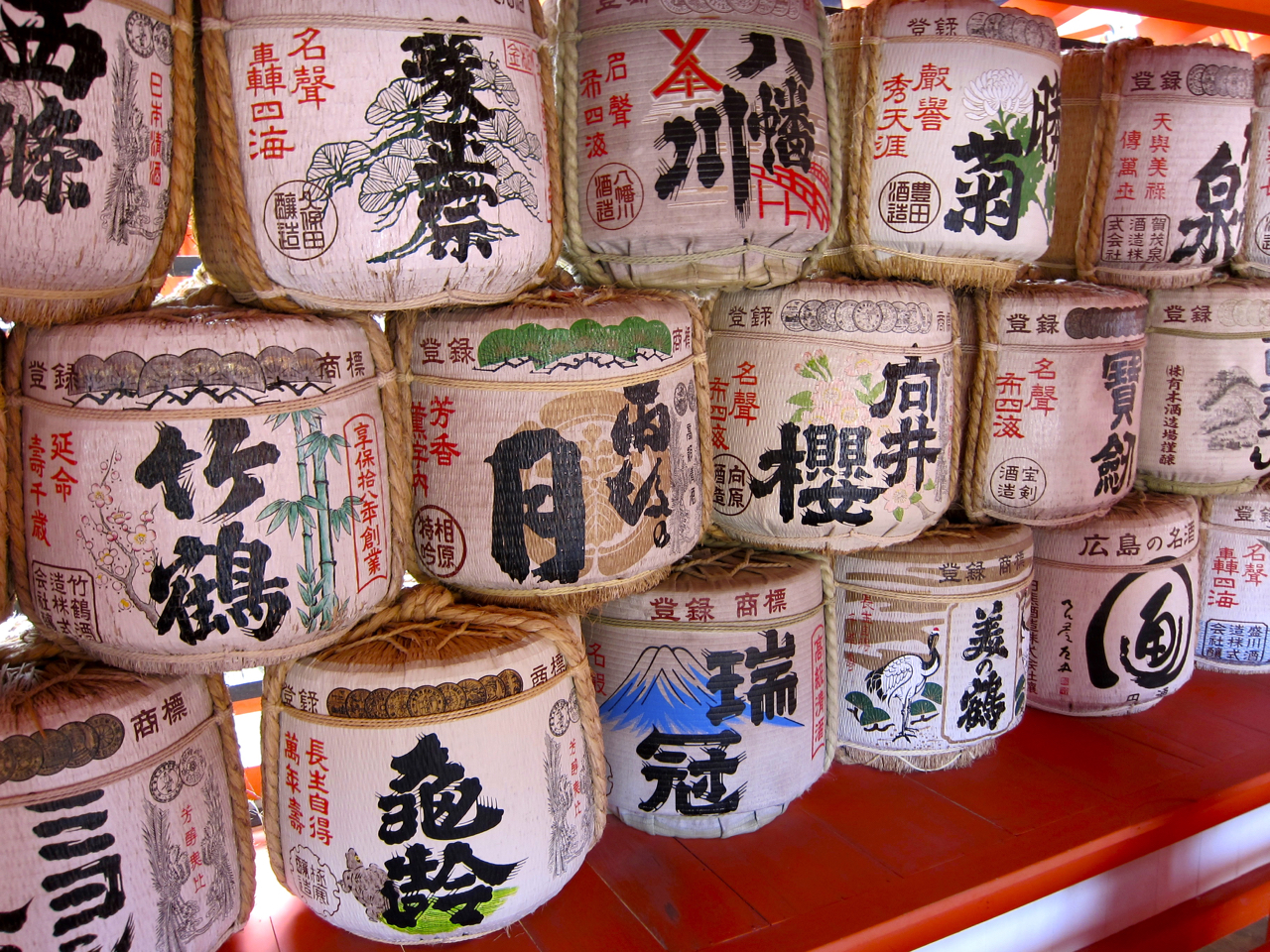

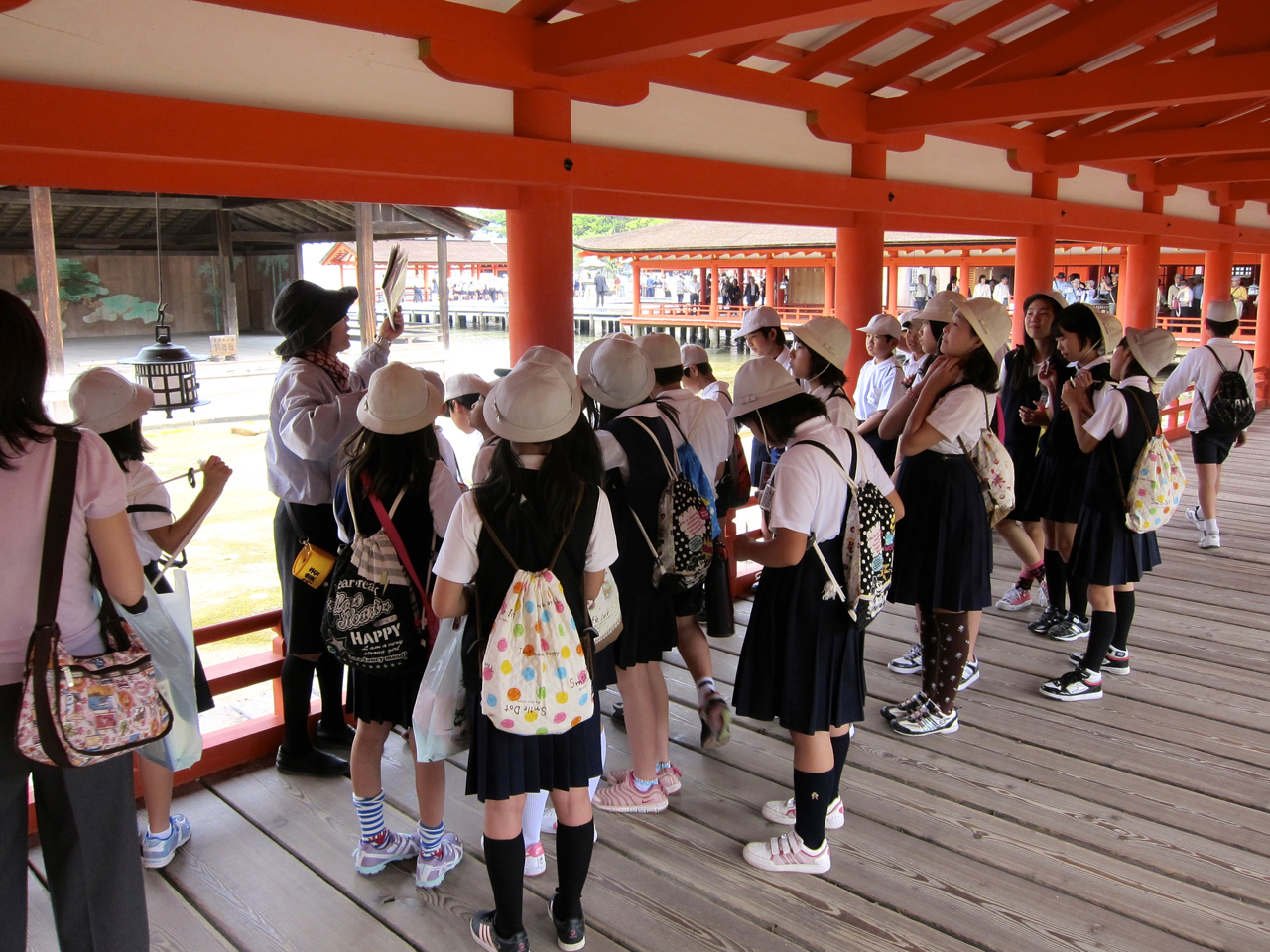

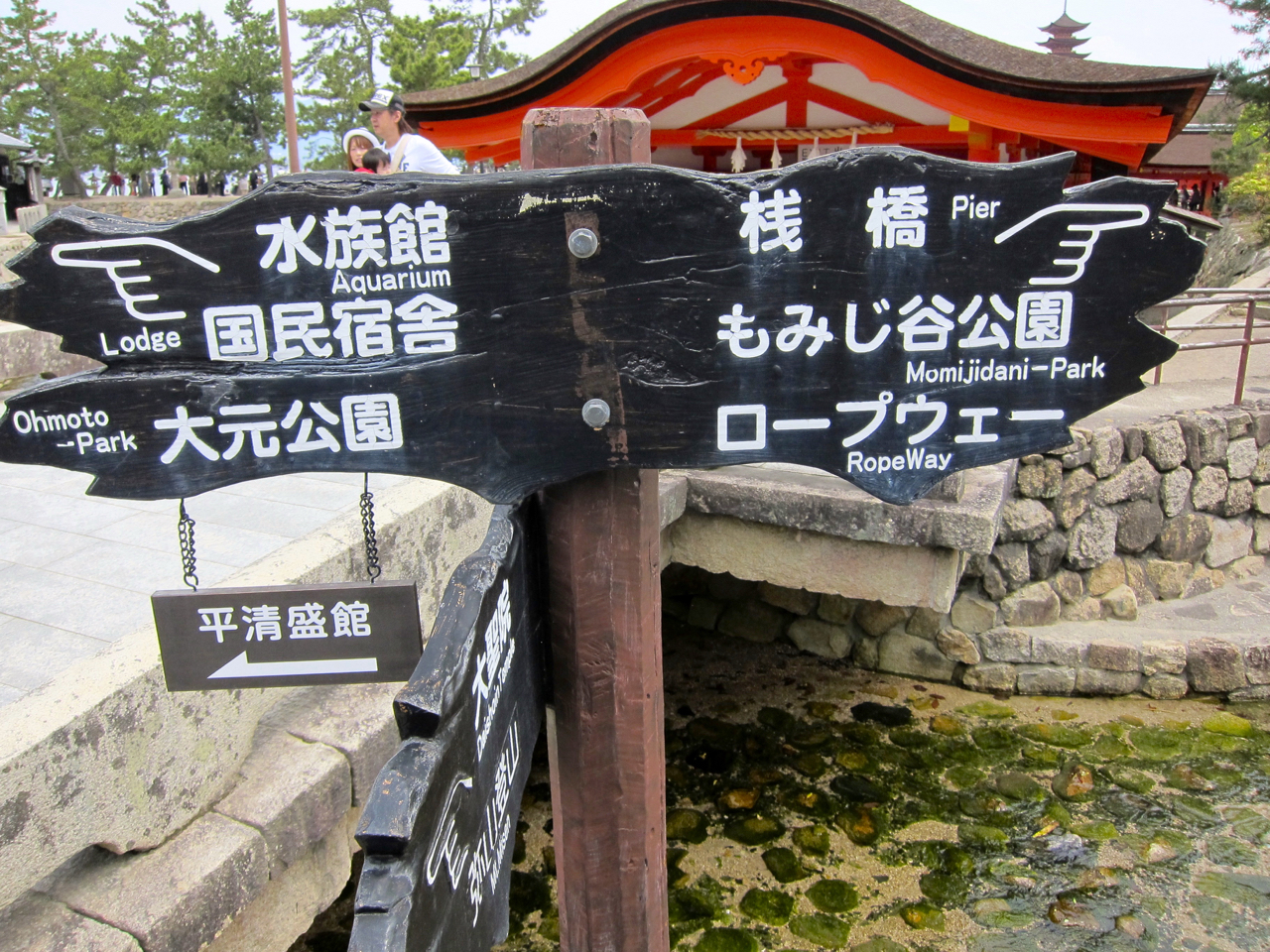
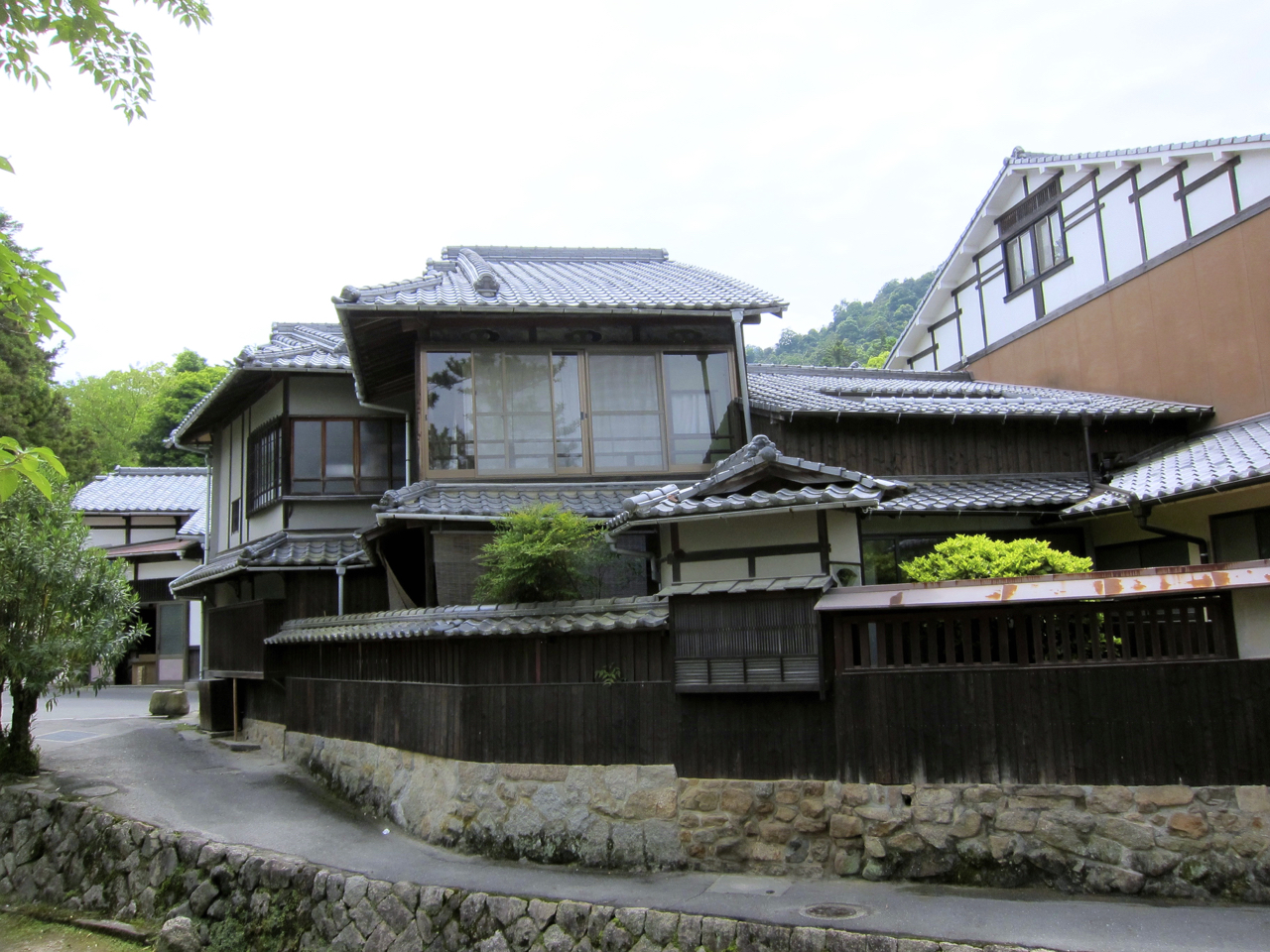
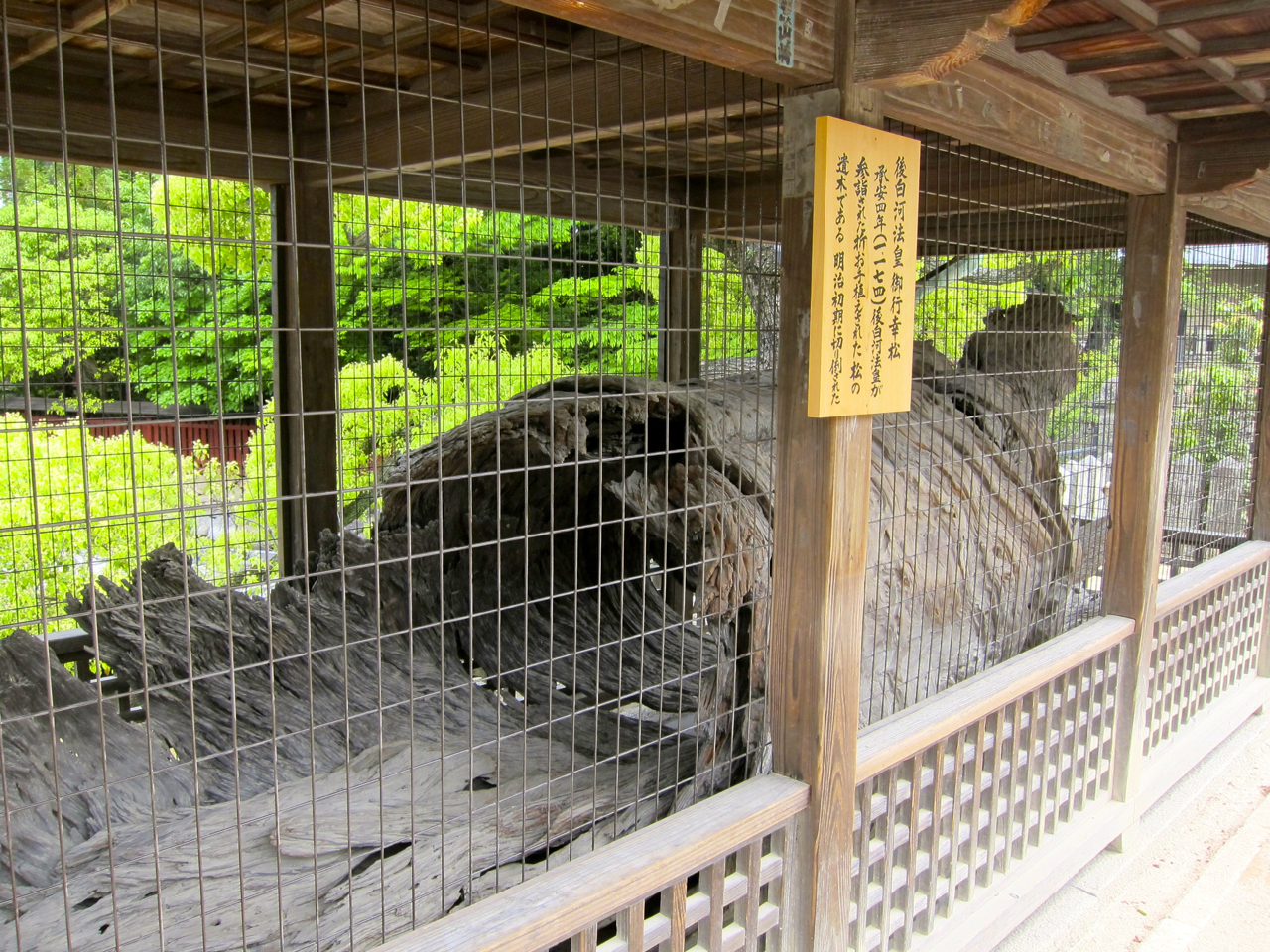
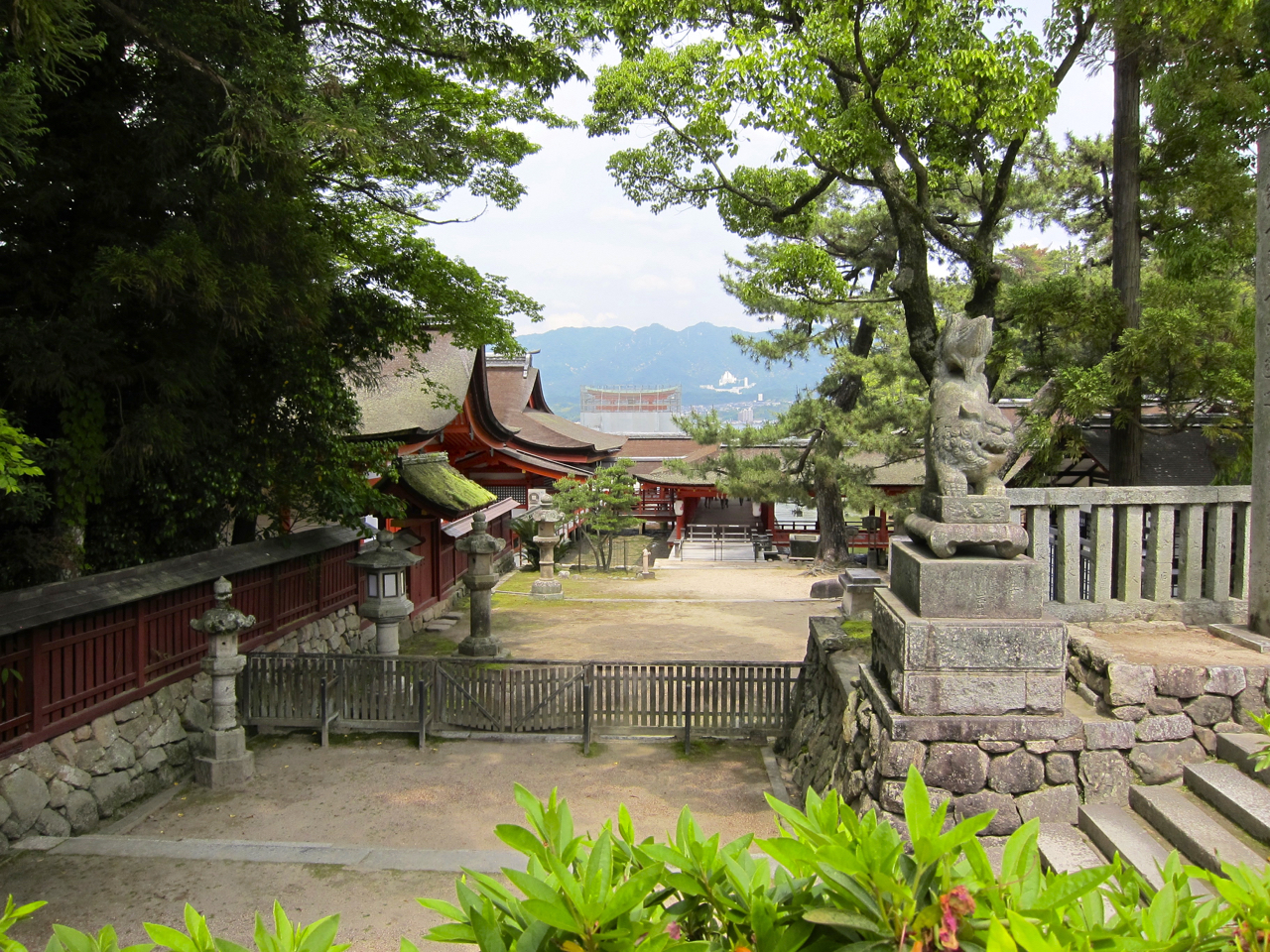
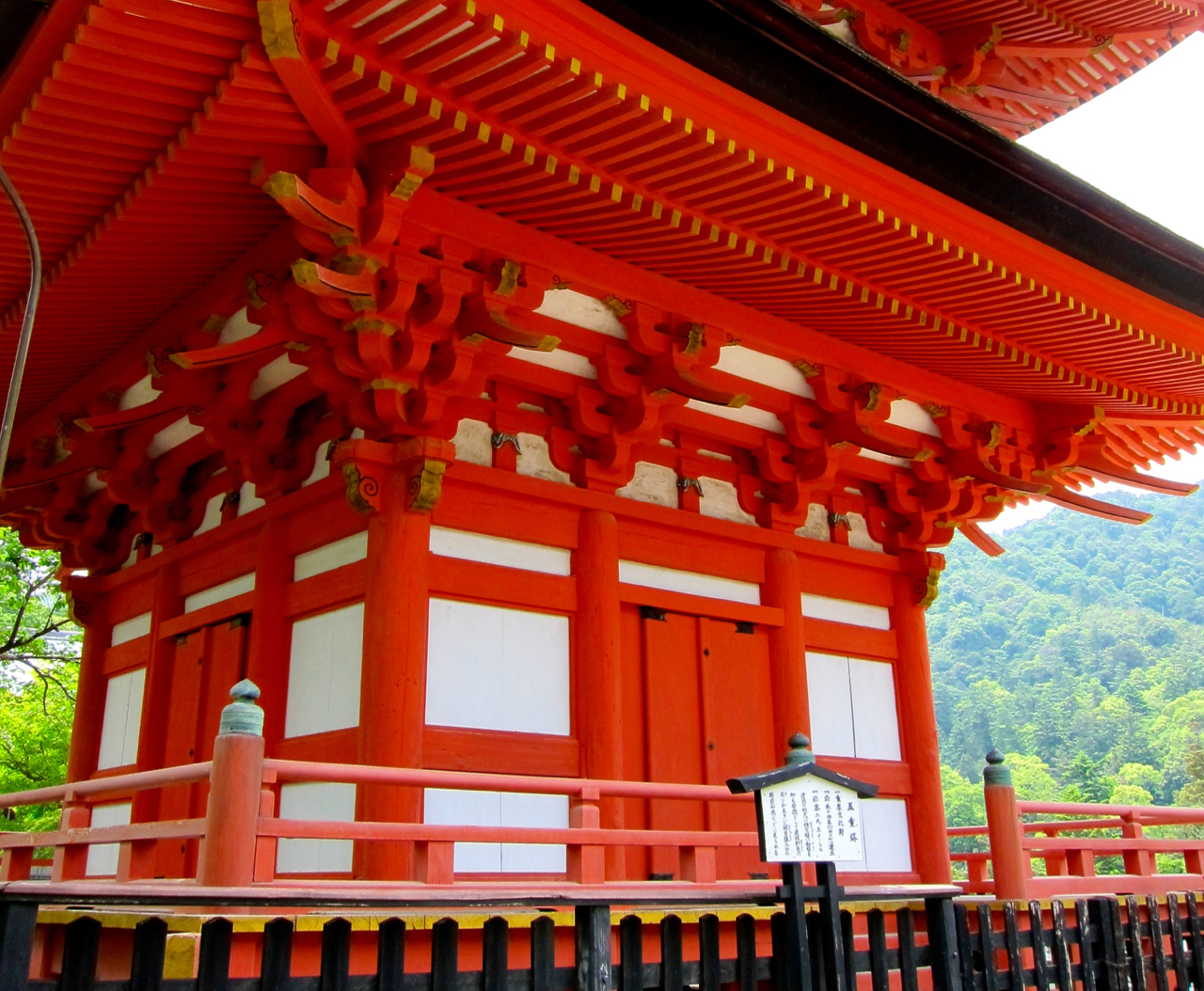
FWIW your “gangly bird” was a Great Blue Heron – a member of the egret family – commonly seen in the Pacific Northwest also.
Good to know Stephan, thanks. It was gorgeous. Thanks for reading!
“…ferry terminal on the shores of Miyajima Island…”
Sorry, I know I am going to sound like a pendantic jerk, but Miyajima was the name of the town on the island. The island itself is named Itsukushima. The shrine, which was originally built in the 500s CE, is named after the island.
https://en.wikipedia.org/wiki/Itsukushima
Interesting trivia: The town of Miyajima no longer exists. It is part of Hatsukaichi since 2005 when it was annexed along with Ono.
Andrew, thanks for reading and for the clarification! I’ve made the update.
Funny… I’ve been to Miyajima(and Tokyo, Osaka, Kyoto, Nara and Hiroshima) in June and made a very similar deer window shopping photo back then (I think it’s even the same restaurant): http://imgur.com/R15yhqH
Christian I think you’re right, how funny. Maybe that deer has a penchant for that particular restaurant. Thanks for reading!